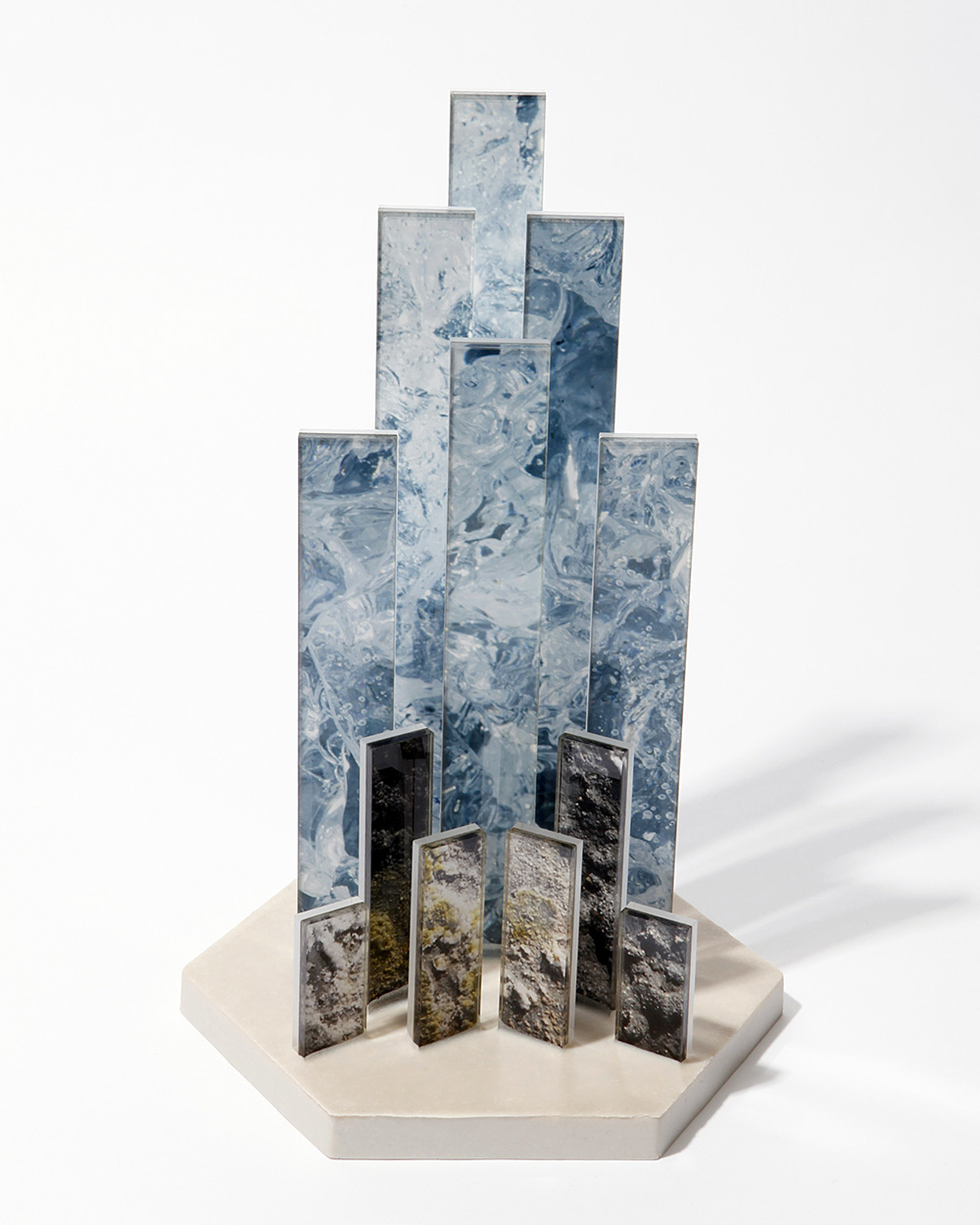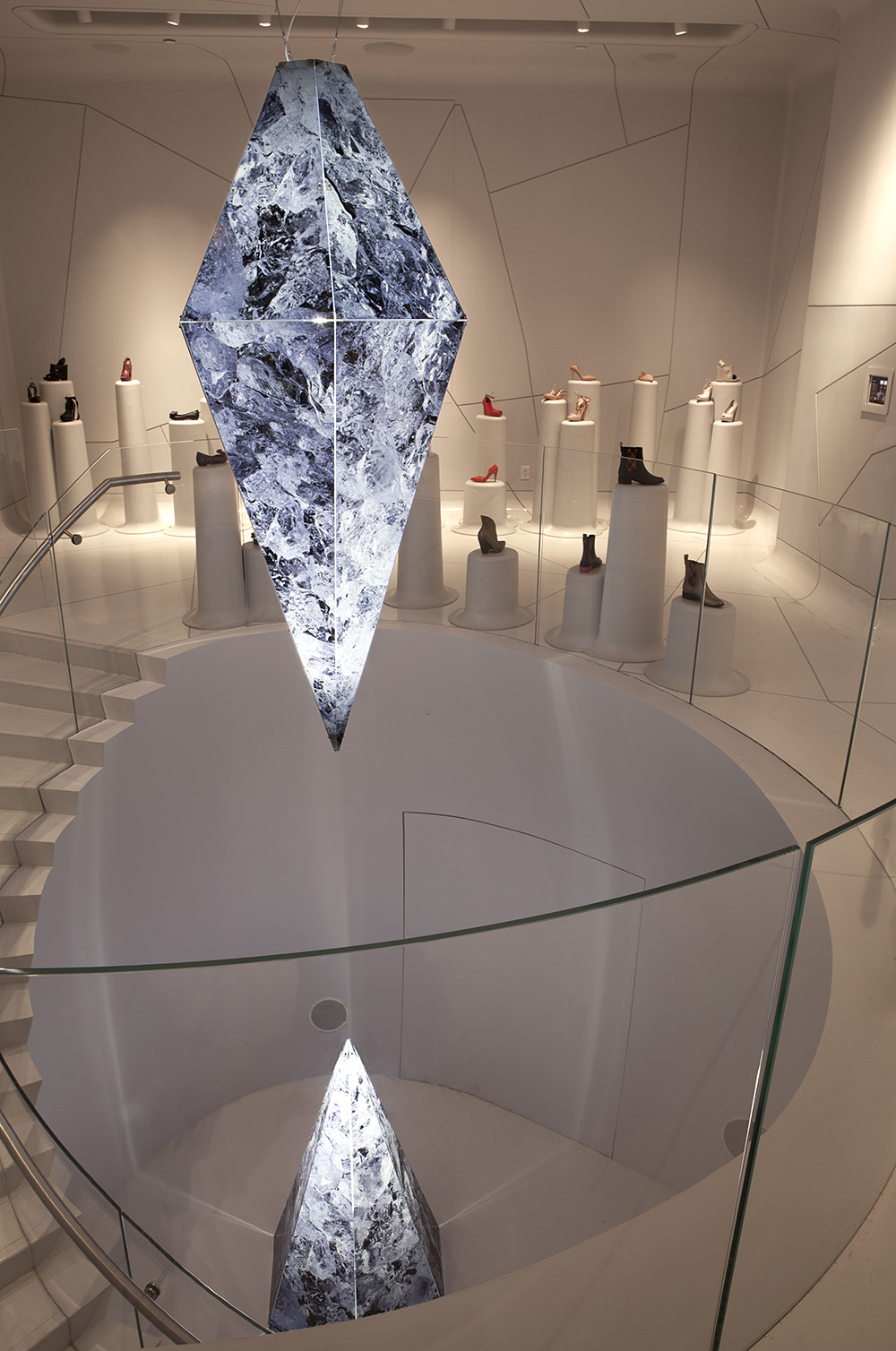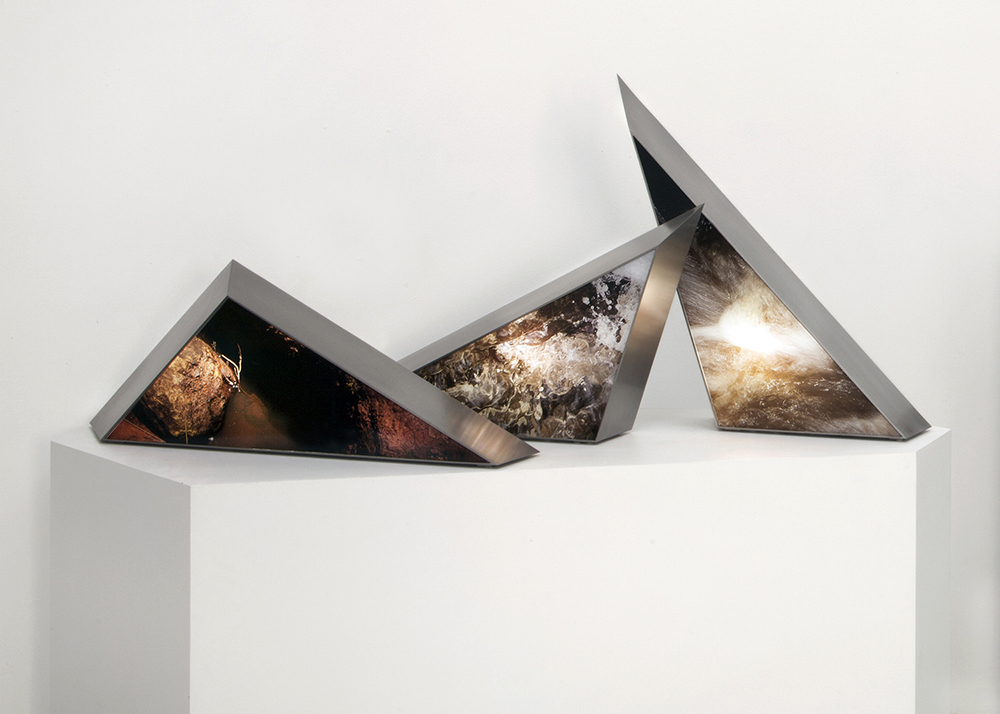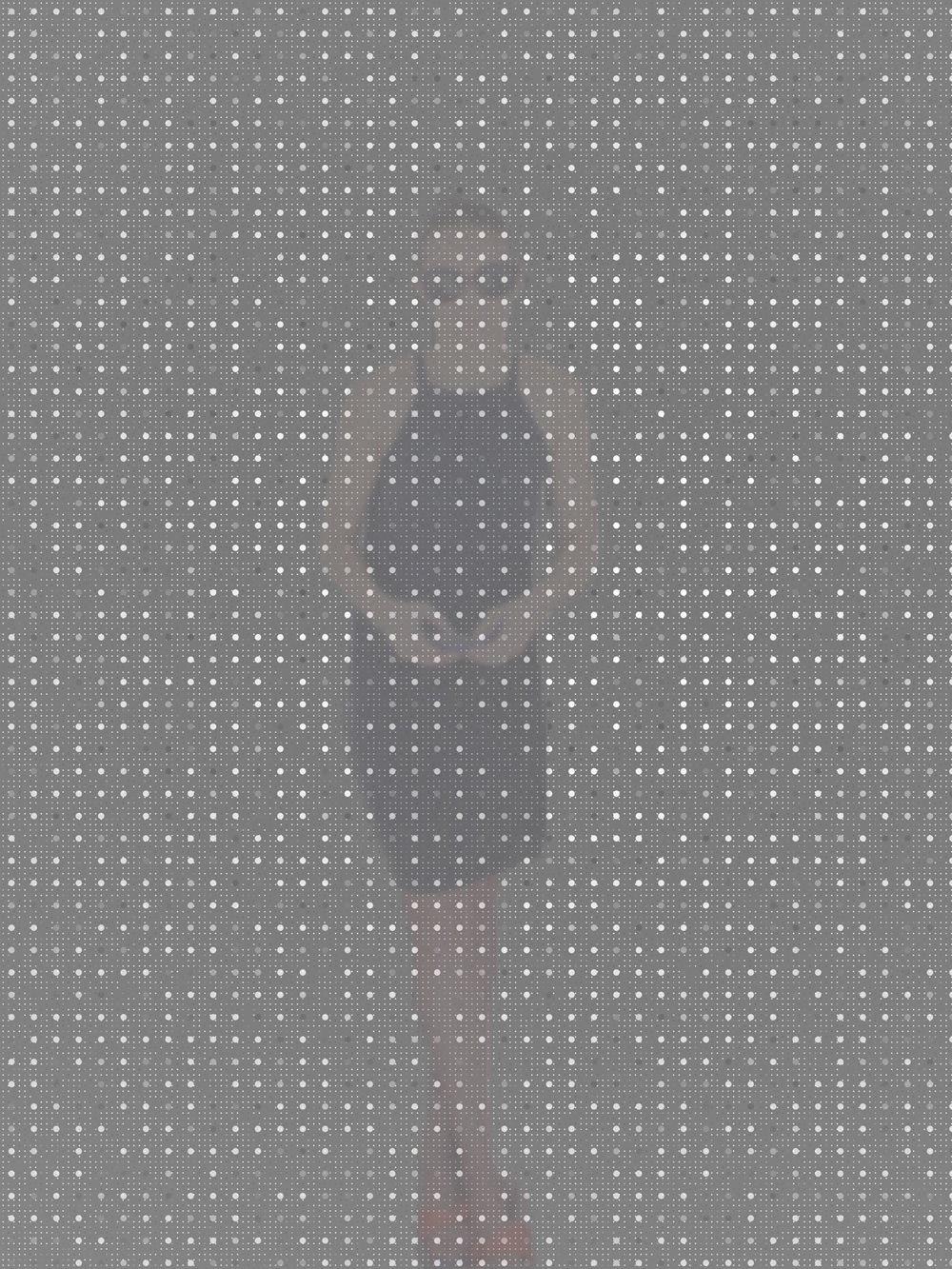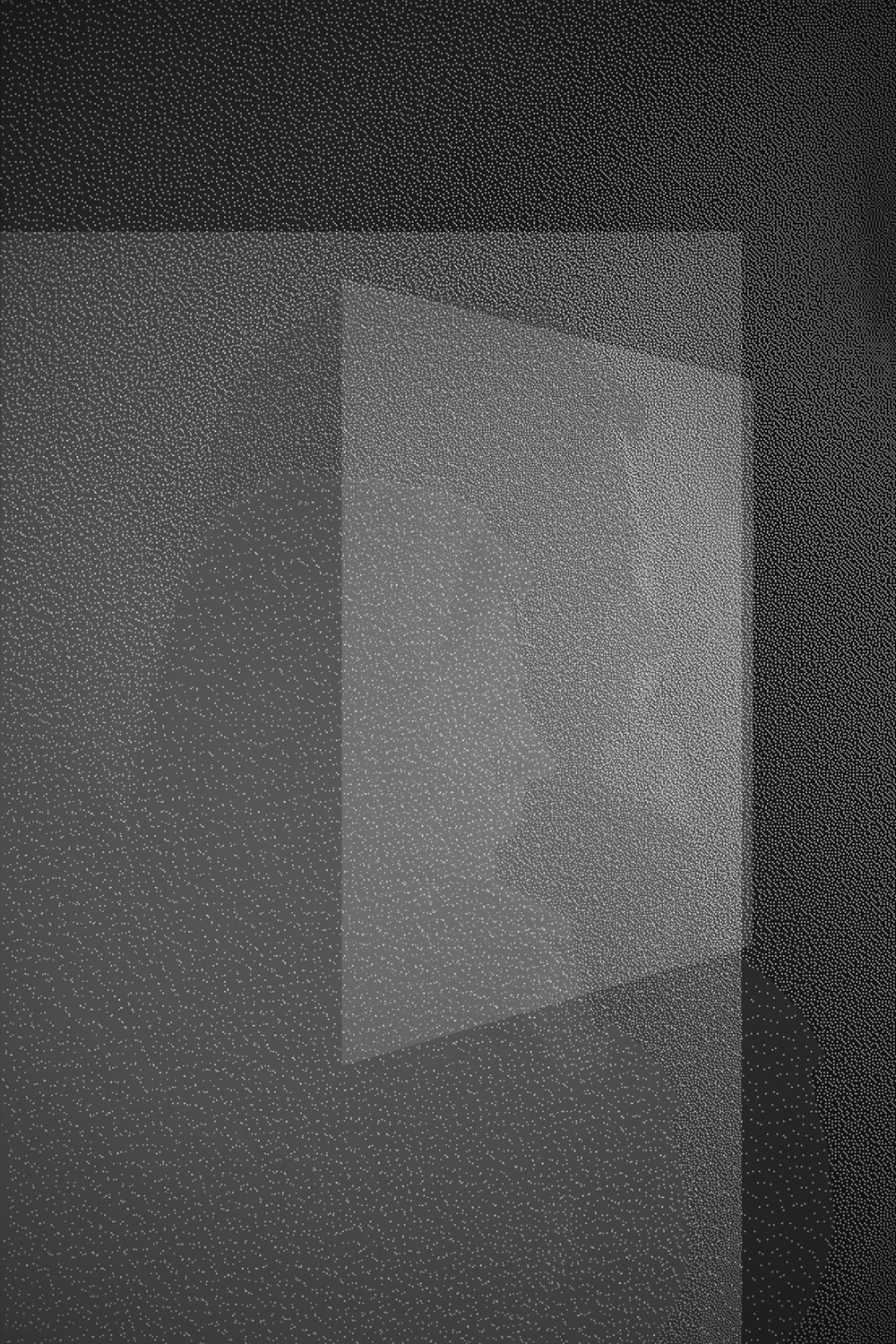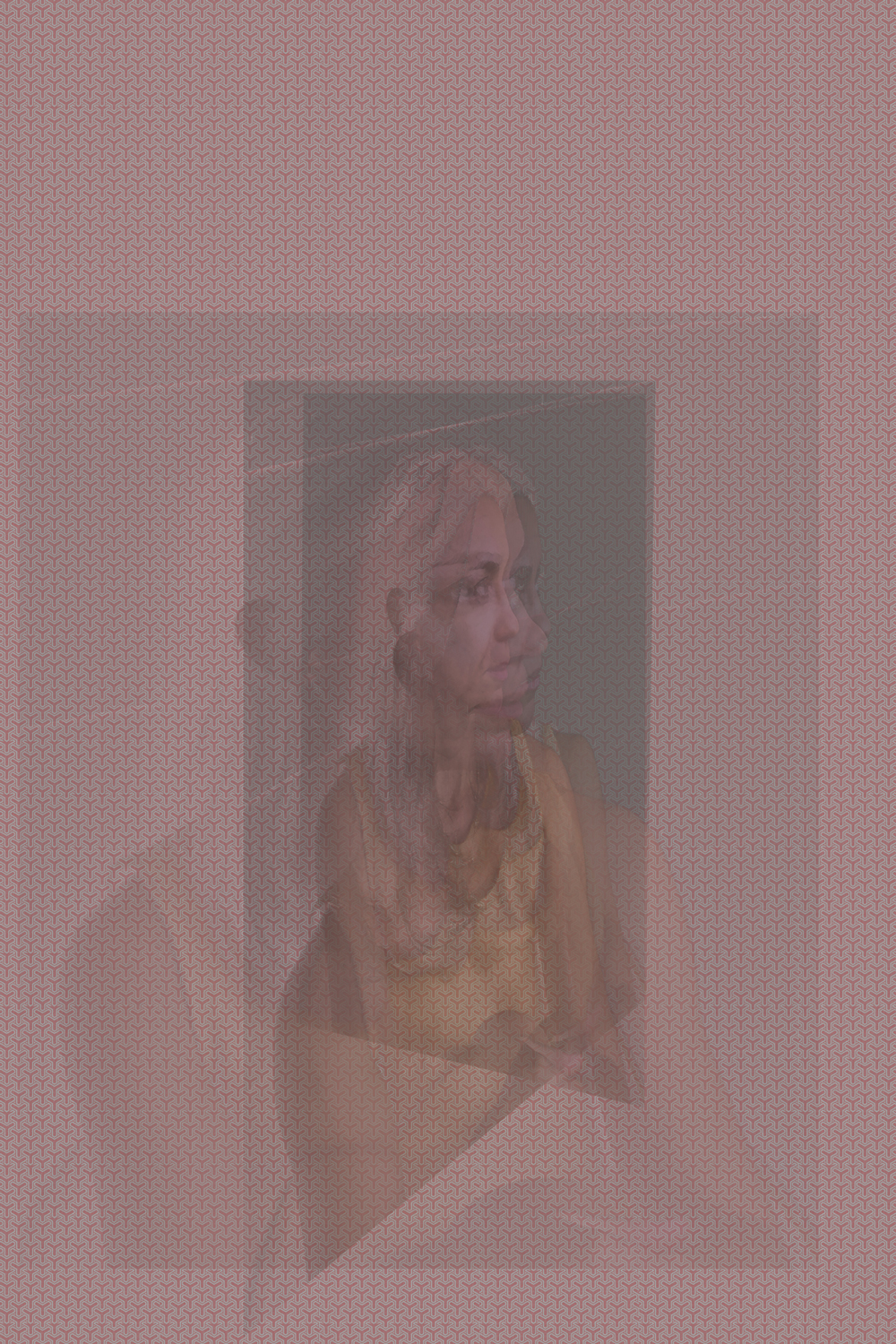UPDATE: DEADLINE EXTENDED TO MONDAY DEC 22!
We're pleased to announce that Humble Arts Foundation's co-founder Jon Feinstein will be jurying New Space Center for Photography's annual themed exhibition: Radical Color opening in Portland, Oregon this February.
Nearly 50 years ago photographers such as William Eggleston, Helen Levitt, William Christenberry, Stephen Shore, and Joel Sternfeld helped encourage a conservative art world to accept color photography within the greater dialogue of fine art. Since then, a tremendous number of photographers have produced inspiring, thoughtful bodies of color work. Jeff Wall, Rineke Dijkstra, Thomas Ruff and many others working in the late 1980’s onward, introduced a new level of excitement for color images, encouraged a “bigger is better” mentality, and helped further transform the dialogue with the fine art world.
With the recent history of color photography as a reference point, this open call seeks to exhibit work from a current generation of color photographers. While color pioneers like Shore may have used it as a means of achieving a purely descriptive truth, how does today’s digital and internet-raised generation push its boundaries and use color with new intents? How are photographers using color-specific, digital tools to innovate, go beyond and reassess the idea of description? With this open call, we’re looking for work that grips, excites, and makes us want to understand color with new eyes.
DEADLINE: Submissions are due by 6pm PDT on Friday, December 19, 2014.
ENTRY DETAILS
Each entry costs $40 (free for Newspace Members at the Spy Camera Level and above) and may contain up to five images. You may submit as many entries as you like. All entries must be submitted using the online entry system at this link. CD entries will not be accepted.
Please size your images as 72 dpi jpg files that are 10 inches in their longest dimension. Each jpg file must be titled with your last name, first initial, ‘underscore’ and the entry number. For instance the first image uploaded by Mike Smith would be SmithM_1.jpg
EXHIBITION DETAILS
Selected artists will be notified by early January and posted on our website. Selected images will be on display in the Newspace gallery February 6, 2015 through March 1, 2015, with an opening reception Friday, February 6, 2015 from 6-9pm. The exhibition will also be featured on the Humble Arts Foundation Website.




